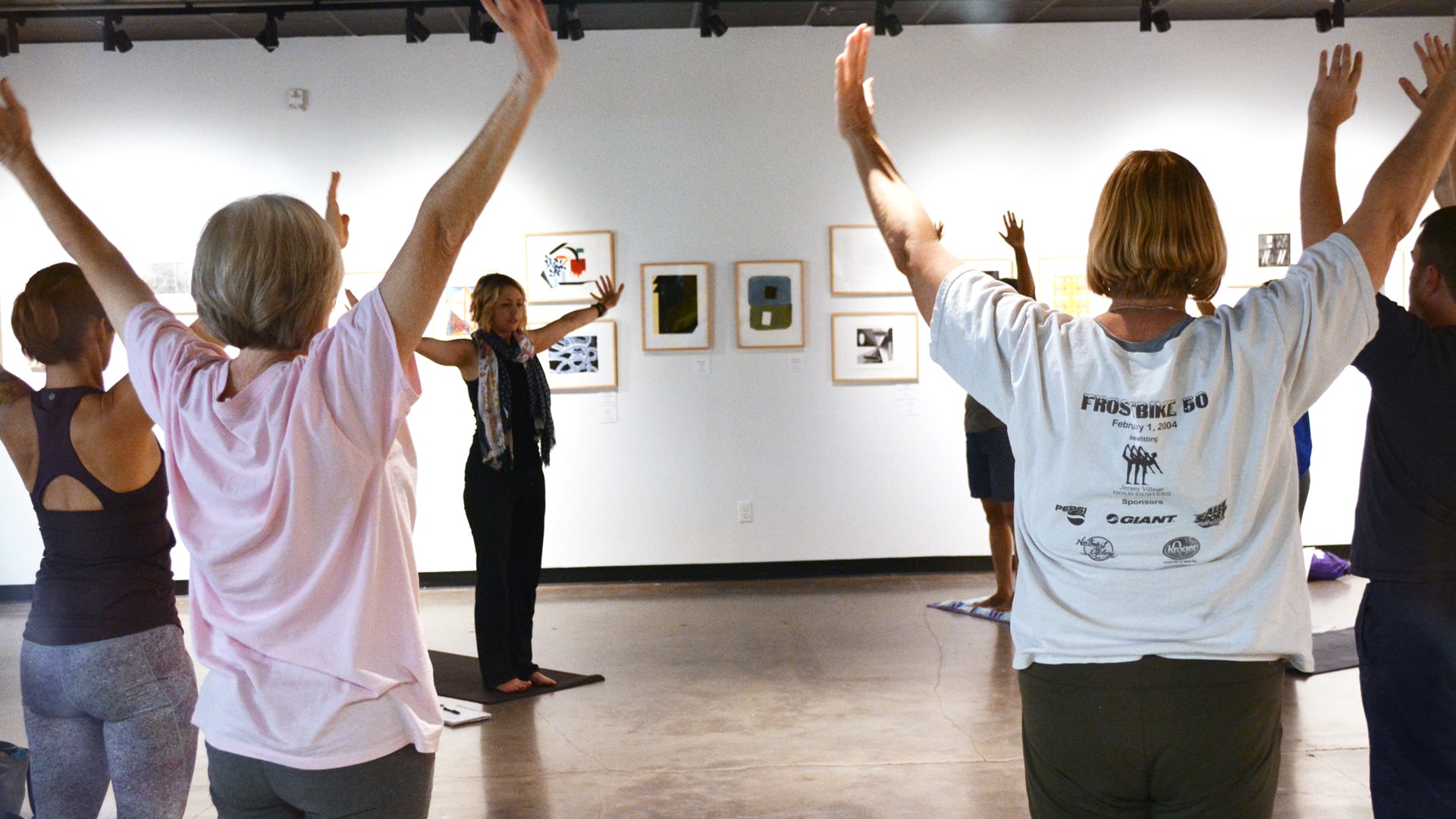- Future Students
- How to Apply
- Visit UHCL
- Admitted Students
- Tuition, Costs and Aid
- Degrees and Programs
- Contact Admissions
- Current Students
- Class Schedule
- Academic Calendar
- Advising
- Events
- Library
- Academic Resources and Support
- Student Services and Resources
- Alumni
- Lifetime Membership
- Alumni Events
- Update Your information
- Awards and Recognitions
- Give to UHCL
Yoga can teach kids self-regulation skills
December 20, 2018 | Julia Englund Strait

Yes, it’s true. If you’re doing yoga, you’ll contort your body into an unnatural-looking shape. But most of the evidence for the benefits of yoga – especially for kids – suggests that it’s the subtler aspects of this “moving meditation,” like breathing and awareness, that are magic ingredients to help them manage stress and anxiety.
Yoga works by making us practice regulating our breath, thoughts and emotions through outside-in and inside-out pathways. First, naturally observe your breath. Is it choppy? Smooth? How’s your heartbeat. Too fast? Too slow? Then you send signals back to your body, like “Slow down,” or perhaps, “Let’s get fired up!” This constant rehearsal in recognizing and connecting in-and-out pathways leads to improved self-regulation. We learn what it feels like when we’re stressed, angry, excited, or calm and how to use our thoughts, breath, and body to change those emotions when we want to.
Kids and even infants naturally learn this type of regulation from watching their parents and caregivers – and from being given opportunities to practice and receive feedback, like praise. Parents can use yoga techniques to help kids build a toolbox of effective strategies for modulating their own emotions in tough situations.
Teaching kids yoga doesn’t have to mean buying $45 leggings, sitting everyone down, and setting a timer for “Yoga Hour.” In fact, it’s more effective to squeeze mini-yoga practices into moments of opportunity that spring up throughout the day. Teaching someone a new skill in isolation, away from situations where we expect the child to use the skill, doesn’t work unless you also give the child chances to practice in real situations.
Here’s a technique for young infants who are upset: Hold them and slowly try to lengthen your own breath. Close your eyes. Count your breath as it is, without trying to change it. Maybe it’s five counts. Then, lengthen your next exhale to six counts…seven…eight. Your baby will feel your chest rising and falling (outside-in signals). Your own brain will also recognize the message to slow down. This facilitates co-regulation with your infant and is their first step toward self-regulation.
With young children, take advantage of their natural inclinations to explore movement. My toddler likes to go “upside down,” so I bend over and touch my toes with her and we laugh and describe how it feels. Sometimes we play with balance and stand on one foot together. When she has a tantrum, she falls to her knees and puts her forehead on the ground – “child’s pose.” I wait for her to self-soothe and then praise her when she inevitably pops up happy a few minutes later.
Teach older kids and teenagers to use more complex feelings vocabulary and “secret yoga,” like alternate nostril breathing as the teacher gives an exam. Teenagers can experiment with noticing how they feel in “strong” physical poses like Warrior, too. Caregivers can use yoga moments to reinforce positive body and self-esteem messages and help direct attention inward. Teaching these small “yoga moments” throughout your child’s day can help them develop the self-regulation skills they’ll need as they get closer to adulthood.
Julia Englund Strait, Ph.D. is associate professor of school psychology and health services psychology at UH-Clear Lake. She specializes in child assessment, test development, stress and self-regulation, and child trauma.






